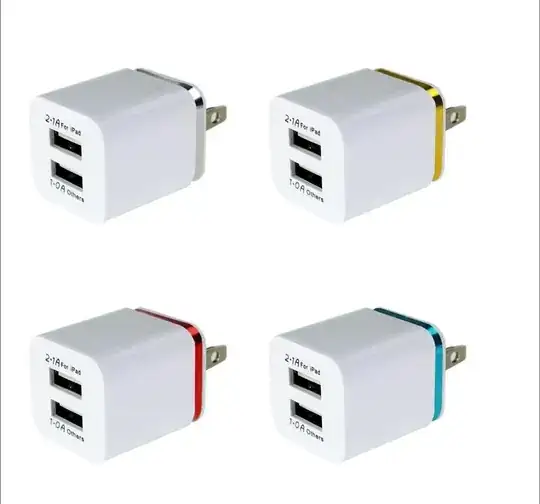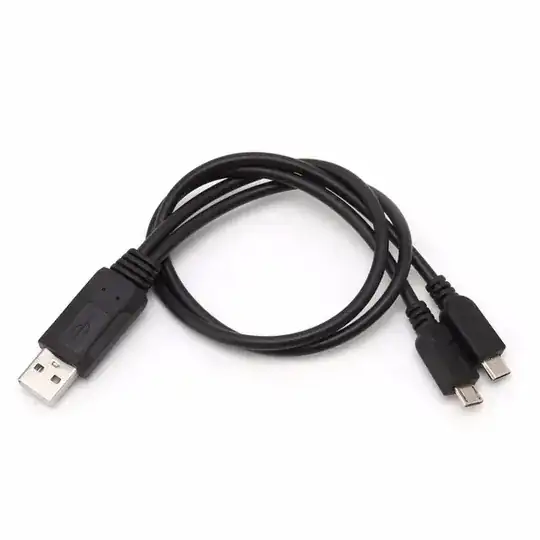Given that the RPi Zero consumes about 1A, and I have a power adapter that gives 2.4A of DC output - I'd like to use the spare ~1.4A to power up some stuff on the throughhole board.
Will that be sufficient if I will simply solder the single micro-USB female socket onto the board, and then route the parallel connection for RPi USB (using male socket for simplicity - don't want to screw up the RPi) and power rails om my board?
Any precautions, like including some resistors in the power tracks to prevent overloading?
The desired result - I will have the single power input for everything, and still be able to use the data OTG mode at my pi, if necessary.

